 A modern classic about ancient sculpture
A modern classic about ancient sculpture
Francis Haskell and Nicholas Penny’s landmark history of the afterlife of classical sculpture has been refreshed to give it even more longevity
 The dealer who launched Picasso
The dealer who launched Picasso
Berthe Weill was as devoted to young artists as she was to the cause of modern art – and her efforts are now receiving belated recognition
The ancient role models that inspired women after the French Revolution
In the late 1790s, modern women looking for new forms of freedom were often inspired by distant and mythical histories
The dealer who got the Parisian avant-garde round to decorate
For his Paris apartment, Léonce Rosenberg commissioned works from the likes of Picabia and de Chirico, fusing modernism and classic French style
Pride and prejudice in 19th-century France
Depictions of lions by leading lights of the Romantic movement and more Academic types reveal humanity’s dark side
The club for unconventional and international women who were ahead of their time
For 80 years, the Women’s International Art Club allowed artists to exhibit work that had yet to find wider acceptance
Ingres and the endless quest for perfection
The painter was always reluctant to regard his paintings as finished and revisted some of his greatest compositions several times
The sensational collections of the Sassoon family
Long after David Sassoon’s descendants had entered the highest echelons of English society, their collecting reflected the family’s ties to the Middle East, India and China
Learning in style at the Bibliothèque nationale
The French national library’s exceptional collections now have the setting they deserve
Committed to memory – how the Empress Eugénie kept the spirit of the Second Empire alive
Exiled in England, Napoleon III’s widow made sure that for as long she lived there was a corner of Hampshire that was forever France
Survivors’ gilt – the luxury craftsmen who flourished after the French Revolution
Iris Moon’s account of how masters of the decorative arts adapted to turbulent times is a suitably unsettling affair
How the Jewish aristocracy reinvented the European country house
In the late 19th century, Jewish families across Europe created homes that are monuments to the complexity of cosmopolitanism and integration
The Romantics who revolutionised how we think about the past
Rosemary Hill’s nimble survey shows how 19th-century antiquarians paved the way for modern historians
Grotto fabulous – Marie Antoinette’s decorative dairy was no rustic retreat
The dairy at Rambouillet was a masterpiece of neoclassical design
Rooms of their own – the female collectors who reshaped French society
The collecting of women has often been regarded as mere shopping, but the efforts of both princesses and professional artists are now receiving their rightful dues
‘The roll call of artists who donned a uniform in 1870 is remarkable’
The Franco-Prussian war led to lasting political change and left behind a rich visual record
Acquired taste – the fashion for French interiors in Britain
Dealers played a pivotal role in creating a demand for ancien–régime style across the Channel
Animal instinct – George Stubbs at MK Gallery, reviewed
The painter’s forensic study of his subjects allowed him to portray them with a startling emotional depth
Gustave Courbet’s love of the chase
The painter’s monumental and often melancholy hunting scenes are well worth another look
‘A very Rothschild type of display’ – Waddesdon’s new gallery, reviewed
The new permanent gallery presents all kinds of exquisite pieces with special family associations
Can reconstructing historic collections give us the wrong idea about the past?
Reuniting objects that belonged to important collectors can be a visual treat, but there are some intellectual traps to be avoided
Modern art, with a Belgian flavour
Fernand Khnopff was among the most original artists of the fin-de-siècle – but his dreamlike images are unmistakably Belgian
Picturing poverty in the 19th century
In her final book Linda Nochlin makes a case for painting that looks poverty in the eye

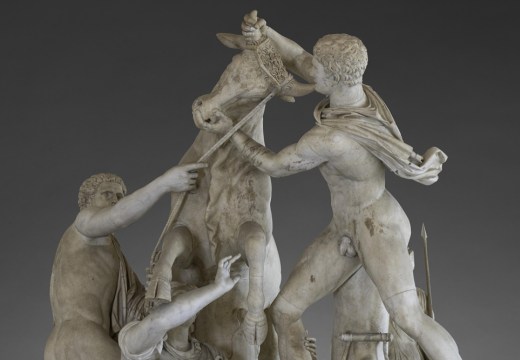
























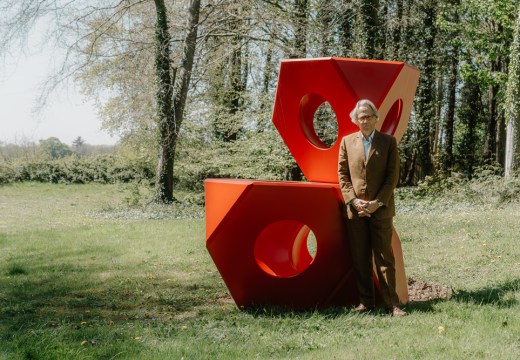

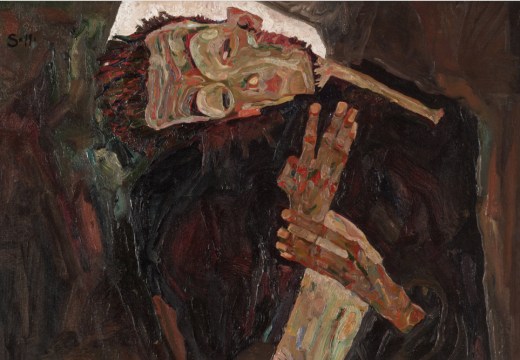

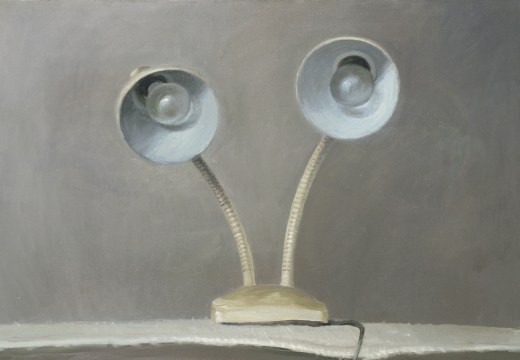
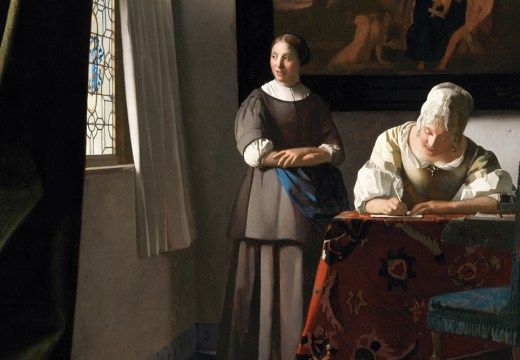
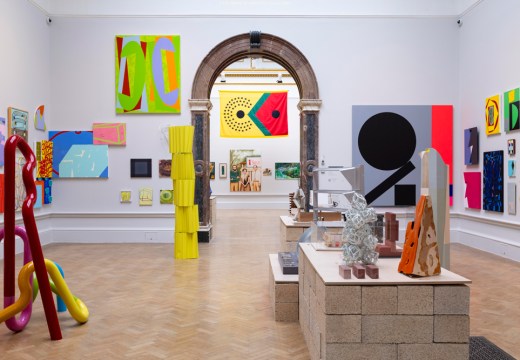
![Masterpiece [Re]discovery 2022. Photo: Ben Fisher Photography, courtesy of Masterpiece London](https://apollo-magazine.com/wp-content/uploads/2022/07/MPL2022_4263.jpg)
‘Notre-Dame’s fortunes have merged with the destiny of France itself’
Over the centuries Notre-Dame de Paris has become much more than a place of worship – it is a symbol of a nation